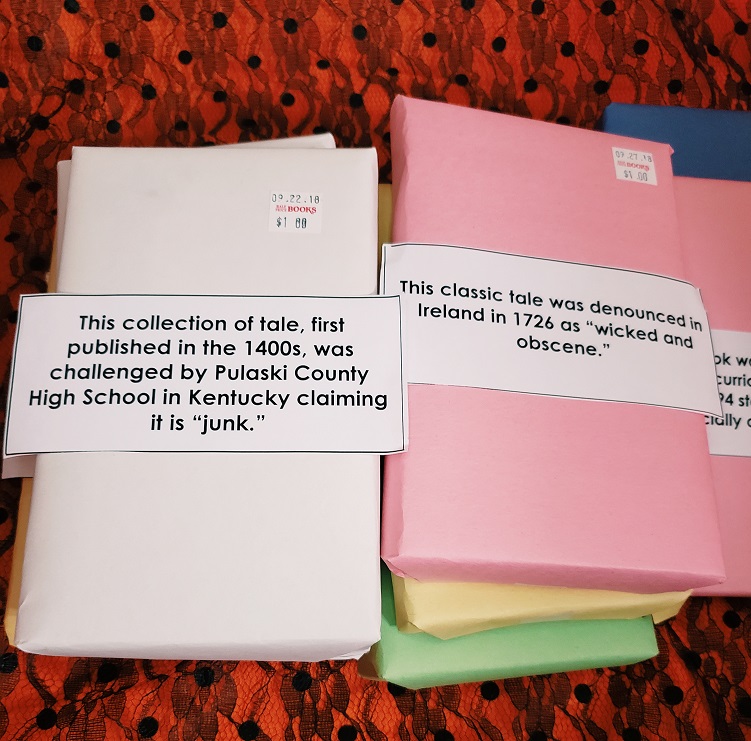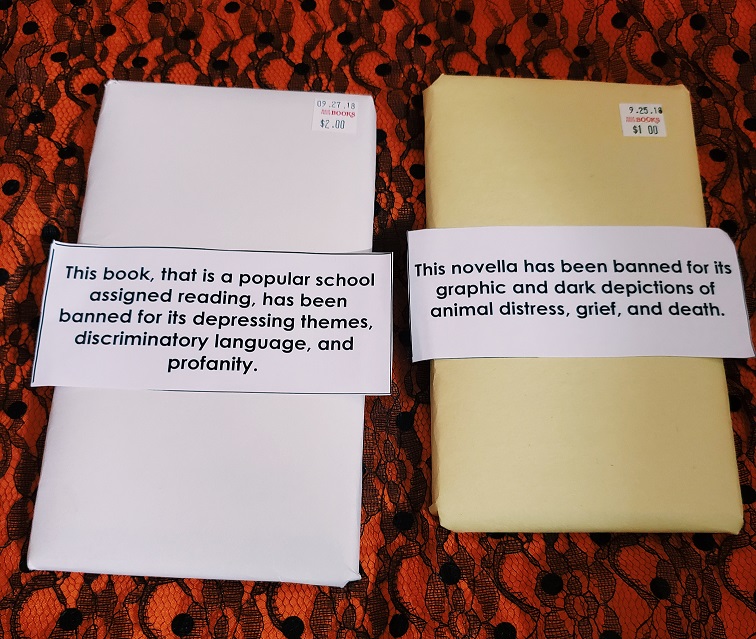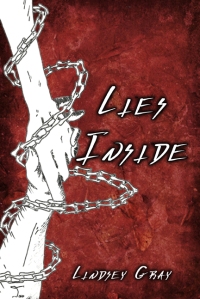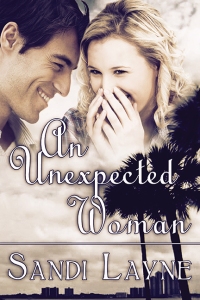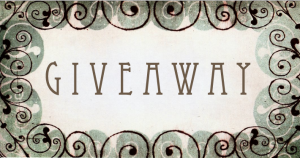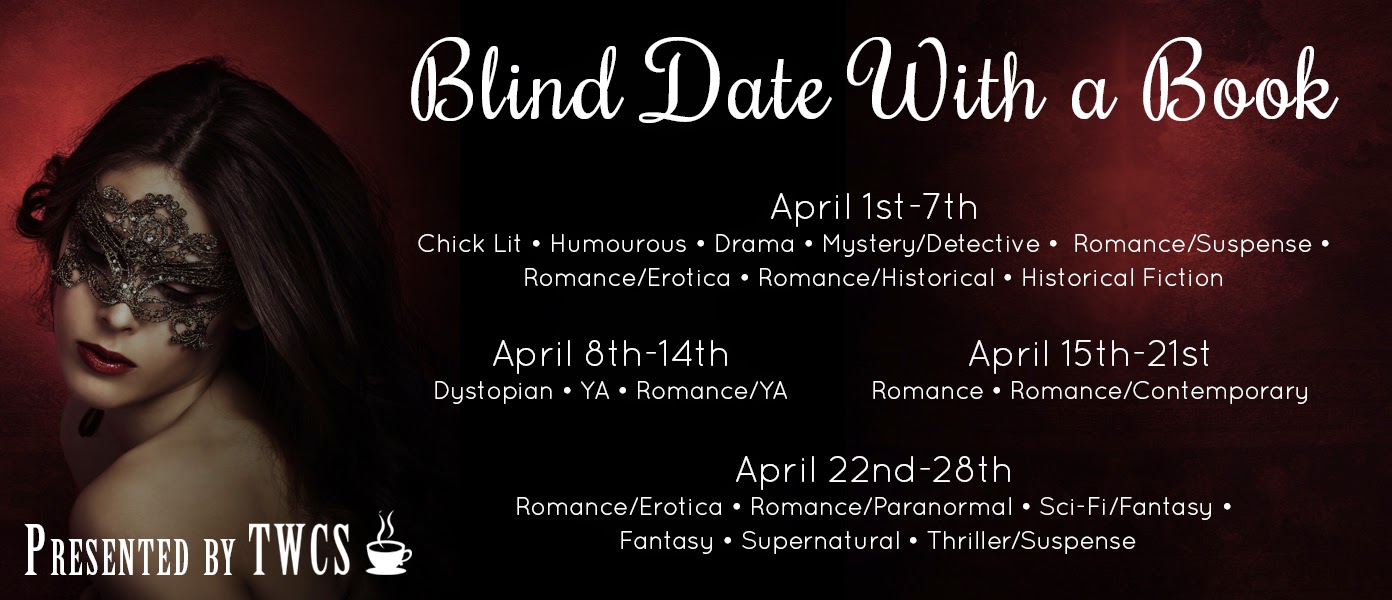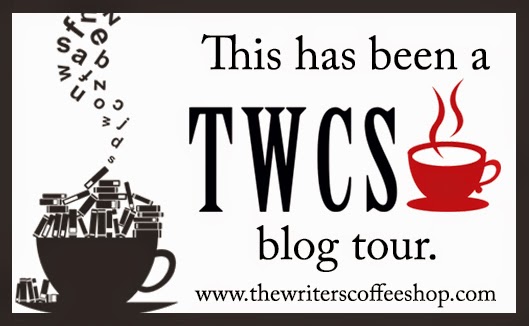Some of you might have seen in previous posts me talking about a "Blind Date With A Book," and a video showing me unwrapping them. In this post, I will post pictures and more details about the banned books! Some I might have talked about before, some might also prove hard to find reasons it was banned.

Here is the group photo. Were you surprised by any of them? I am not surprised they all turned out to be classics or that several were school read in my time (probably still school reads today?)

Of Mice and Men
Two migrant field workers in California on their plantation during the Great Depression—George Milton, an intelligent but uneducated man, and Lennie Small, a bulky, strong man but mentally disabled—are in Soledad on their way to another part of California.
Banned or Challenged:
1953 - Banned in Ireland
1974 - Indiana - Banned in Syracuse
1977
Pennsylvania - Banned in Oil City
South Carolina - Challenged in Greenville by the Fourth Province of the Knights of the Ku Klux Klan
1979 - Michigan - Challenged but retained in Grand Blanc schools after being called "vulgar and blasphemous"
1980
New York - Challenged in Vernon-Verona-Sherill School District
Ohio - Challenged in Continental
1981 - Arizona - Challenged in Saint David
1982 - Indiana - Challenged in Tell City for "profanity and using God's name in vain"
1983 - Alabama - Banned from classroom use at Scottsboro Skyline HIgh School for profanity
1984 - Tennessee - The Knoxville School Board chairman vowed to have "filthy books" removed from Knoxville's public schools and picked this book as the first target for it's profanity
1987 - Kentucky - Reinstated at the Christian County school libraries and English classes after being challenged for being vulgar and offensive
1988
Illinois - Challenged at the Wheaton-Warrenville Middle school
Michigan - Challenged at the Barrien Springs High School for profanity
West Virginia - Challenged in the Marion County schools
The rest of the reasons can be found here
The Red Pony
The Red Pony is divided into four stories. Each story centers on a boy named Jody; the four together show him in a critical time of his childhood. In the first story, Jody is ten years old.
Banned or Challenged:
I had trouble finding out why other than what the paper says in the picture.

The Adventures of Huckleberry Finn
On its surface, Mark Twain's The Adventures of Huckleberry Finn is a straightforward story about a boy and a runaway slave floating down the Mississippi River. But underneath, the book—which was published in the U.S. on February 18, 1885—is a subversive confrontation of slavery and racism.
Banned or Challenged:
1885 - Massachusetts - Banned in Concord as "trash and suitable only for the slums."
1905 - New York - Excluded from the Brooklyn Public Library's children's colleciton because "Huck not only itched but scratched, and that he said sweat when he should have said perspiration."
1930 - Confiscated at the USSR border
1957 - New York - Dropped from New York City list of books recommended for senior and junior high schools partly for use of racial language
1969 - Florida - Removed from Miami-Dade Junior College required reading because it "creates an emotional block for black students that inhibits learning."
1976 - Illinois - Challenged for racism at the New Trier High School at Winnetka
1981 - Pennsylvania - Challenged for racism at the Tamament Junior High in Warrington.
The rest of the reasons can be found here
The Adventures of Tom Sawyer
An imaginative and mischievous boy named Tom Sawyer lives with his Aunt Polly and his half-brother, Sid, in the Mississippi River town of St. Petersburg, Missouri. After playing hooky from school on Friday and dirtying his clothes in a fight, Tom is made to whitewash the fence as punishment on Saturday.
Banned or Challenged:
I had trouble finding more reasons, but it is probably clear that the reasons are similar to Huck Finn.

The Canterbury Tales
At the Tabard Inn, a tavern in Southwark, near London, the narrator joins a company of twenty-nine pilgrims. The pilgrims, like the narrator, are traveling to the shrine of the martyr Saint Thomas Becket in Canterbury. The narrator gives a descriptive account of twenty-seven of these pilgrims, including a Knight, Squire, Yeoman, Prioress, Monk, Friar, Merchant, Clerk, Man of Law, Franklin, Haberdasher, Carpenter, Weaver, Dyer, Tapestry-Weaver, Cook, Shipman, Physician, Wife, Parson, Plowman, Miller, Manciple, Reeve, Summoner, Pardoner, and Host.
Banned or Challenged:
I couldn't find much info other than language, sexual innuendo, critical of powerful constituencies (the church)
Gulliver's Travels
Gulliver's Travels Summary. Gulliver embarks on four separate voyages in Gulliver's Travels. There is a storm before every journey. All the four voyages add new perspectives to Gulliver's life and also give him new opportunities for satirizing the ways of England.
Banned or Challenged:
A hard one to find a good source. Here is what I could dig up. "Gulliver's Travels" is a famous satirical novel by Jonathan Swift, but the work has also been banned for the displays of madness, the public urination, and other controversial topics. Here, we are transported to through the dystopian experiences of Lemuel Gulliver, as he sees giants, talking horses, cities in the sky, and much more. The book was originally censored because of the politically sensitive references Swift makes in his novel. "Gulliver's Travels" was also banned in Ireland for being "wicked and obscene." William Makepeace Thackeray said of the book that it was "horrible, shameful, blasphemous, filthy in word, filthy in thought."

Twelfth Night
Twelfth Night, or What You Will is a comedy by William Shakespeare, believed to have been written around 1601–1602 as a Twelfth Night's entertainment for the close of the Christmas season. The play centres on the twins Viola and Sebastian, who are separated in a shipwreck.
Banned or Challenged:
Many of Shakespeare’s plays have fallen under suspicion, but in 1996, a school in New Hampshire removed this comedy because of the cross-dressing and the allusion to same-sex romance (which actually doesn’t happen in the narrative) — which they saw as breaking the school’s rule on “prohibition of alternative lifestyle instruction.”
Le Morte d' Arthur
Le Morte d'Arthur is the tale of King Arthur. It begins with the formation of the Knights of the Round Table and follows the rise of King Arthur and his tragic fall. The story begins with Uther Pendragon, the King of England who lusts after Igraine, who happens to be the wife of the Duke of Tintagil.
Banned or Challenged:
I had a hard time finding more reasons other than what the paper in the photo says.

The Catcher in the Rye
The Catcher in the Rye is set around the 1950s and is narrated by a young man named Holden Caulfield. Holden is not specific about his location while he's telling the story, but he makes it clear that he is undergoing treatment in a mental hospital or sanatorium.
Banned or Challenged:
1960 - Oklahoma - Teacher was fired in Tulsa from an 11th grade English position for assigning the book. Teacher appealed and was reinstated but the book was removed from the school
1963 - Ohio - Columbus parents asked the school board to ban the novel for being "anti-white" and "obscene." The school board refused.
1975 - Pennsylvania - Removed from reading list after parents complained about the language and content. The book was reinstated after the school board vote, orginally 5-4, was deemed illegal as they required a two-thirds vote in favor to remove a text.
1977 - New Jersey - Challenged and the board ruled the book could be read in an advanced placement class with parental permission.
1978 - Washington - Issaquah school removed it from their optional reading list
1979 - Michigan - Removed from the required reading list at Middleville.
1980 - Ohio - Removed from Jackson Milton school libraries in North Jackson
1982
Alabama - Removed from Anniston High School libraries and later reinstated
Manitoba, Canada - Removed from school libraries in Morris along with two other books as they violate committee's guidelines covering "excess vulgar language, sexual scenes, things concerning moral issues, excessive violence, and anything dealing with the occult."
The rest of the reasons can be found here
To Kill A Mockingbird
Scout Finch lives with her brother, Jem, and her father, Atticus, in Maycomb, Alabama, during the Great Depression. Scout spends her summers playing with Jem and their friend Dill, who visits his aunt in Maycomb each summer. The children become obsessed with Boo Radley, the reclusive neighbor rumored to have stabbed his own father in the leg with a pair of scissors.
Banned or Challenged:
After a mother complained to the superintendent that her son was uncomfortable with the N-word, the novel was removed from the 8th-grade curriculum at Biloxi (MS) Public Schools in the middle of teaching it, without following policy. After national outcry, the book is available to be taught as an optional assignments with the written permission of a parent. At Hamilton (AZ) High School, parents expressed concern over a school assignment addressing the use of the N-word in the classic novel.
2017
Retained in the Accomack County (VA) Public Schools. A parent objected to racial slurs in the book. After being temporarily removed on Nov. 29, 2016, the book was reinstated on Dec. 6 by the school board.
2012
Banned or challenged for offensive language and racism.
2010
Removed from the St. Edmund Campion Secondary School classrooms in Brampton (Ontario, Canada) because a parent objected to language used in the novel, including the N-word.
The rest of the reasons can be found here.

 Log in with Facebook
Log in with Facebook 

